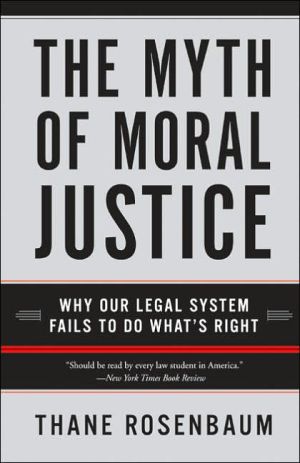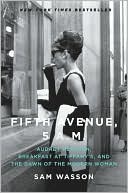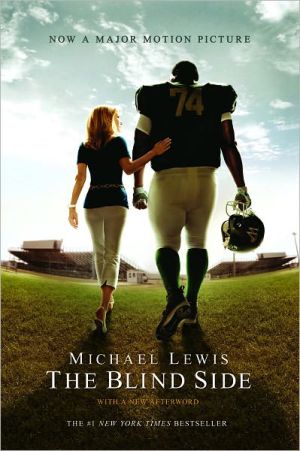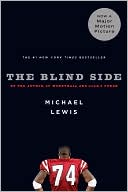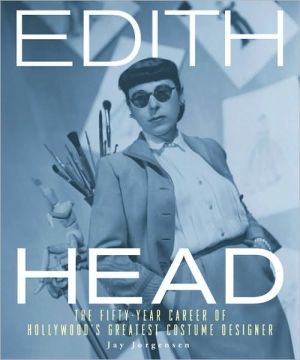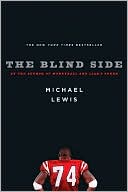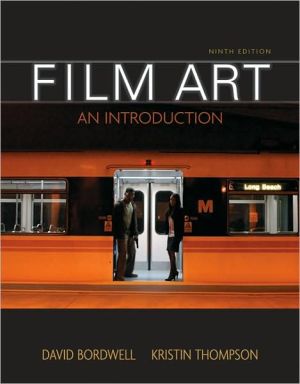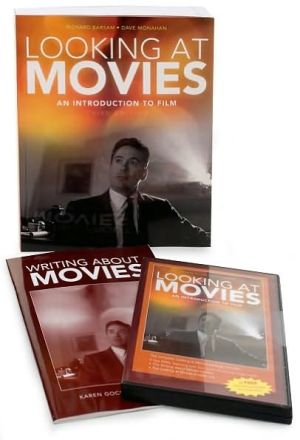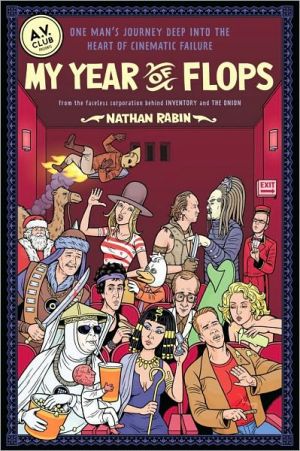Myth of Moral Justice: Why Our Legal System Fails to Do What's Right
American culture is obsessed with the law, the legal system, and lawyers. Much in our everyday lives revolves around the law, and we are bombarded daily by cultural images of lawyers and the legal system at work. We indulge in dramatic television shows and feature films about lawyers, we read legal thrillers, and observe trials as they unfold. Many of us wish for our children to attend law school and become lawyers. At the same time, most people report that they don't trust lawyers and hold...
Search in google:
Justice is not blind, proclaims Rosenbaum (human rights, legal humanities, and law and literature; Fordham U.) and neither is he. He worked as a lawyer long enough to get a feel for what is wrong with the system, and shares some of his insights with the uninitiated: a pound of flesh, aborted trials and lying under the law, judges who feign not having feelings, rescue as moral imperative, and the artist and the law. Annotation ©2004 Book News, Inc., Portland, OR The Washington Post - Jonathan Kirsch Rosenbaum seems to realize that there is not much chance that his proposed reforms will be adopted in any formal sense, and he readily acknowledges that many lawyers will find the whole idea to be "ludicrous." But his book ought to be required reading in law schools and continuing legal education classes, if only because at least a few of his readers will be humanized by the experience. And that is, above all, what "The Myth of Moral Justice" is really about.
The Myth of Moral Justice\ Why Our Legal System Fails to Do What's Right \ \ By Rosenbaum, Thane \ HarperCollins Publishers\ ISBN: 0060188162 \ \ \ \ Chapter One\ Doing the Right Thing:\ The Split Between The Moral and the Legal\ \ In the motion picture The Verdict (1982), directed by Sidney Lumet from a screenplay written by David Mamet, Paul Newman, playing the role of Frank Galvin, a washed-up, ambulance-chasing, alcoholic attorney desperate for a second chance, sums up his case to the jury by imploring, and empowering them, to simply do the right thing.\ Throughout the film the jurors become witnesses to an avalanche of moral corruption and cynicism -- all courtesy of the legal system. They see the artifice that shadows the spectacle of a trial, the breaches of professional duty and lapses in human character, the way the courtroom, despite its sturdy, marbled appearance, can serve as an unbalanced playing field for those outmatched by resources and foiled by foul play. And there are so many instances of tampering, not with the jury, but with what the jury is exposed to: manipulated procedural and evidentiary rules, and the ways in which money is used to silence the truth. Having faith that the jury will be able to judge what is real, honest, and human from the staged facades and deceit that dominated the courtroom, Paul Newman ultimately summed up what most people expect and wish the law to be:\ So much of the time we're just lost. We say, please God, tell us what is right, tell us what is true. When there is no justice, the rich win, the poor are powerless. We become tired of hearing people lie. And after a time we become dead. We think of ourselves as victims, and we become victims ... We doubt ourselves, we doubt our beliefs, we doubt our institutions. We doubt the law. But today you are the law. Not some book. Not some lawyer ... These are just symbols of our desire to be just. They are in fact a prayer, a fervent and frightened prayer ... In my religion we say, "Act as if thee had faith." Faith will be given to you. If we are to have faith in justice we are only to believe in ourselves and act with justice.\ Law and religion. Judges and clergy. Verdicts and absolutions. Blind faith and blind justice.\ For most people, there is a belief that the values and teachings that are embodied in both law and religion -- the consciousness and ideals that are invoked in cathedrals and courthouses -- are basically the same, that they go hand in hand. In practice, however, they are connected by left feet. Law and religion are, in fact, largely and unfortunately not inspired by the same values, although most of us wish to believe otherwise.\ We assume that an exalted sense of rightness, and knowing the proper standards for engaging in the world and dealing with our fellow human beings, is what clergy and judges have in common. But men of the cloth and men who sit on judicial benches see the world quite differently from one another. And it's not merely their elevated pedestals that make it so. Let us not be fooled by the robes: priests, rabbis, ministers, imams, and jurists may dress the same, but they are not the same. Uniforms can be deceiving; the mirage of uniformity -- despite the fact that judges wear black robes and clergy are sometimes dressed in white -- may be more of a caveat than sartorial coincidence. And yes, courts and churches are decorated with similar props and vestments. But, once more, the similarity here is only one of interior design. The decor is intended to elicit a particular emotion, an aura that isn't always deserved, but does command respect.\ Despite The Verdict's spirited call to faith, the faith that animates religion does not exist in the law. In the film, the jury exercises faith in its own judgment, ultimately rejecting what it sees as the immoral shenanigans of a system that plays by its own blighted rules. But, of course, The Verdict is a movie, and the jurors are only actors. Most actual juries don't have the kind of moral courage to flagrantly ignore the instructions of the judge, and even if they did, the judge would ultimately nullify their verdict.\ In another Sidney Lumet movie, in fact, his first feature film, 12 Angry Men (1957), the jury once more commands center stage -- not in the jury box, but in the jury room itself. It is a film that deals with the conflicts and deliberations that precede the actual verdict. It is a fictional, inside glance of what the law looks like as it arrives at its judgments. But unlike the jury in The Verdict, the one in 12 Angry Men prevailed over its own human failings and redeemed itself by exposing emotional truths that the trial would never have uncovered. For reasons of prejudice and expediency, the jurors, at the outset of their deliberations, presume that the defendant is guilty, even though, in a criminal trial, innocence is always presumed until proven otherwise. The deliberations in 12 Angry Men transform the jury from one that shares a nonchalant certainty about guilt to one that eventually sees more complexity in the story of this defendant, which lead them to find him innocent. One juror, played by Henry Fonda, calls attention to other values, motives, and events that his colleagues had been willing to overlook. Ultimately they arrive at a verdict that is both legally and morally correct.\ In The Verdict and 12 Angry Men, Lumet provides two portraits of juries, each overcoming either the perversions of the system or their own prejudices, and, in the end, doing what's right. But since the law sets such a bad example in guiding their conscience, the jury must have faith in each other to impose justice on a system that is equally disposed to injustice.\ Continues... \ \ \ \ Excerpted from The Myth of Moral Justice by Rosenbaum, Thane Excerpted by permission.\ All rights reserved. No part of this excerpt may be reproduced or reprinted without permission in writing from the publisher.\ Excerpts are provided by Dial-A-Book Inc. solely for the personal use of visitors to this web site. \ \
Introduction11Doing the right thing : the split between the moral and the legal112A new paradigm of moral justice303Pound of flesh484Story as remedy615The various faces of grief796Aborted trials and lying under the law927The best-kept secrets of zealous advocates1148Forbidden emotions in a world out of order1399Judges who feign not having feelings15710Apology as moral antidote to the legal disease17911Apologies in practice19412Restoration or revenge21213Repair in practice22614The non-duty to rescue under American law24615Rescue as moral imperative25816The law's preference for the body over the soul26617Frustrated lawyers and the public's discontent28518The artist and the law296Conclusion313Acknowledgments319Notes321Index341
\ The New York Sun"Mr. Rosenbaum’s complaints about the current legal system are widely shared."\ \ \ \ \ Booklist"This is a thoughtful look at the shortcomings of the American legal system."\ \ \ Miami Herald"[Rosenbaum] cleverly enlivens his discourse with histrionic scenes from novels, films, plays and TV."\ \ \ \ \ Washington Post"[Rosenbaum’s] book ought to be required reading in law schools and continuing legal education classes."\ \ \ \ \ New York Times Book Review"Rosenbaum should be read by every law student in America."\ \ \ \ \ Jonathan KirschRosenbaum seems to realize that there is not much chance that his proposed reforms will be adopted in any formal sense, and he readily acknowledges that many lawyers will find the whole idea to be "ludicrous." But his book ought to be required reading in law schools and continuing legal education classes, if only because at least a few of his readers will be humanized by the experience. And that is, above all, what "The Myth of Moral Justice" is really about.\ — The Washington Post\ \ \ \ \ Dahlia LithwickRosenbaum should still be read by every law student in America. His assessment of attorneys as unhappy shells of people and his statistics about the rates of depression and addiction remind us of the dangers inherent in locking your heart in the parking lot each morning. Being more empathetic, attempting to broker compromise, encouraging parties to apologize, becoming, as he puts it, ''feelers'' rather than mere ''thinkers'' -- all are crucial steps toward making lawyers emotionally intact again. But the single most moral thing lawyers can do is to urge clients to understand that even if they win their case they won't necessarily be happy and that they can't get their old life back. That happens in church, or therapy, if it happens at all. The myth behind The Myth of Moral Justice is that the law would be more moral if it could become more than it is. The truth is, we'd all be better off if we looked to it for far less. \ — The New York Times\ \ \ \ \ Publishers WeeklyA professor at Fordham Law School, Rosenbaum (The Golems of Gotham) observes that American culture is enthralled by lawyers and courtroom proceedings, yet Americans distrust lawyers and find the quality of justice in this country deficient. He ascribes this what he feels is ambivalence regarding the lack of morality and emotional complexity in law offices and in courtrooms. Rosenbaum calls for a "morally inspired transformation of the legal system," a "massive attitude adjustment" that would replace the sterile formality of the law with conscience and spirituality. To accomplish this, he advocates fewer settlements of cases and more trials, at which injured parties would be permitted, even encouraged, to vent rage at their oppressors. A novelist as well as teacher of law and literature, Rosenbaum believes in the power of storytelling as a means of healing and insists the storytelling should continue even after judgment is entered. A second trial phase should immediately convene, one in which all participants would discuss their grief, disappointment and shame. No one would be permitted to leave until all the stories had been told in full. On other themes, Rosenbaum urges that a duty to rescue should be recognized in American law as a moral imperative, and endorses apologies as beneficial to victims and wrongdoers alike. Readers will recognize that this book is more visionary than practical, and lawyers will be annoyed at the author's scolding and superior tone. But perhaps provoking lawyers is part of the book's point. (Apr.) Copyright 2004 Reed Business Information.\ \ \ \ \ Library JournalRosenbaum (law, Fordham Univ.) here critiques the current state of the legal system, decrying its lack of a soul or tenderness. He argues that the system fails to consider the basic question of why people bring lawsuits or prosecute criminals. The desire for a moral lesson, an apology, or an ability to express feelings is currently suppressed by the law. Using examples from movies, plays, and fiction, he contrasts the grievances and expectations of justice of individuals entering the system and the institutionalized results the system delivers. Rosenbaum suggests that the law should provide moral remedies and strive to restore human relationships for the good of the entire community. He further argues that, instead of reducing damages to dollars and cents, the law should require apologies to the injured. This well-written book ranges widely in its use of examples, which include the Torah, Seinfeld, and the courtroom movies of John Grisham. Recommended for large collections.-Harry Charles, Attorney at Law, St. Louis Copyright 2004 Reed Business Information.\ \
